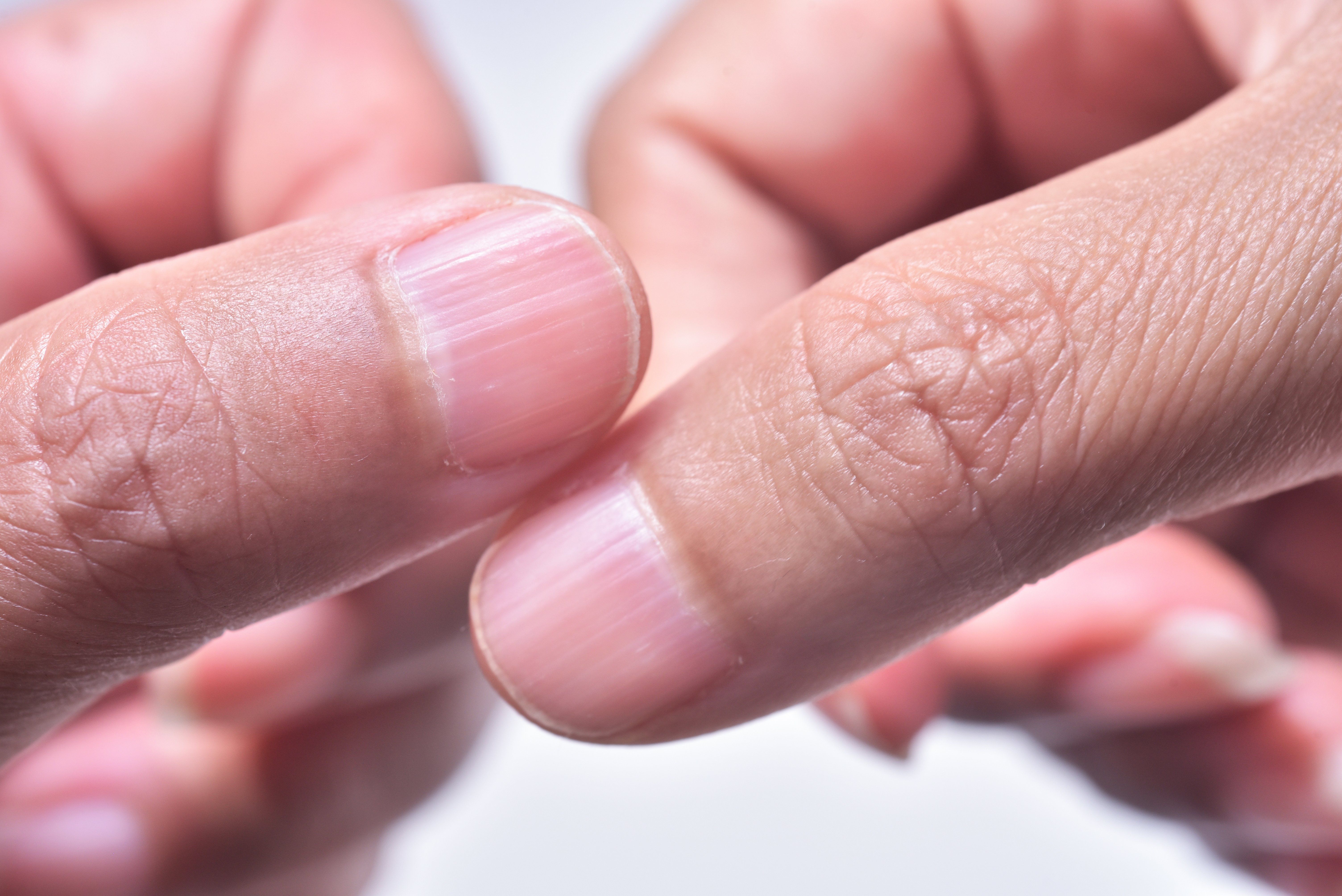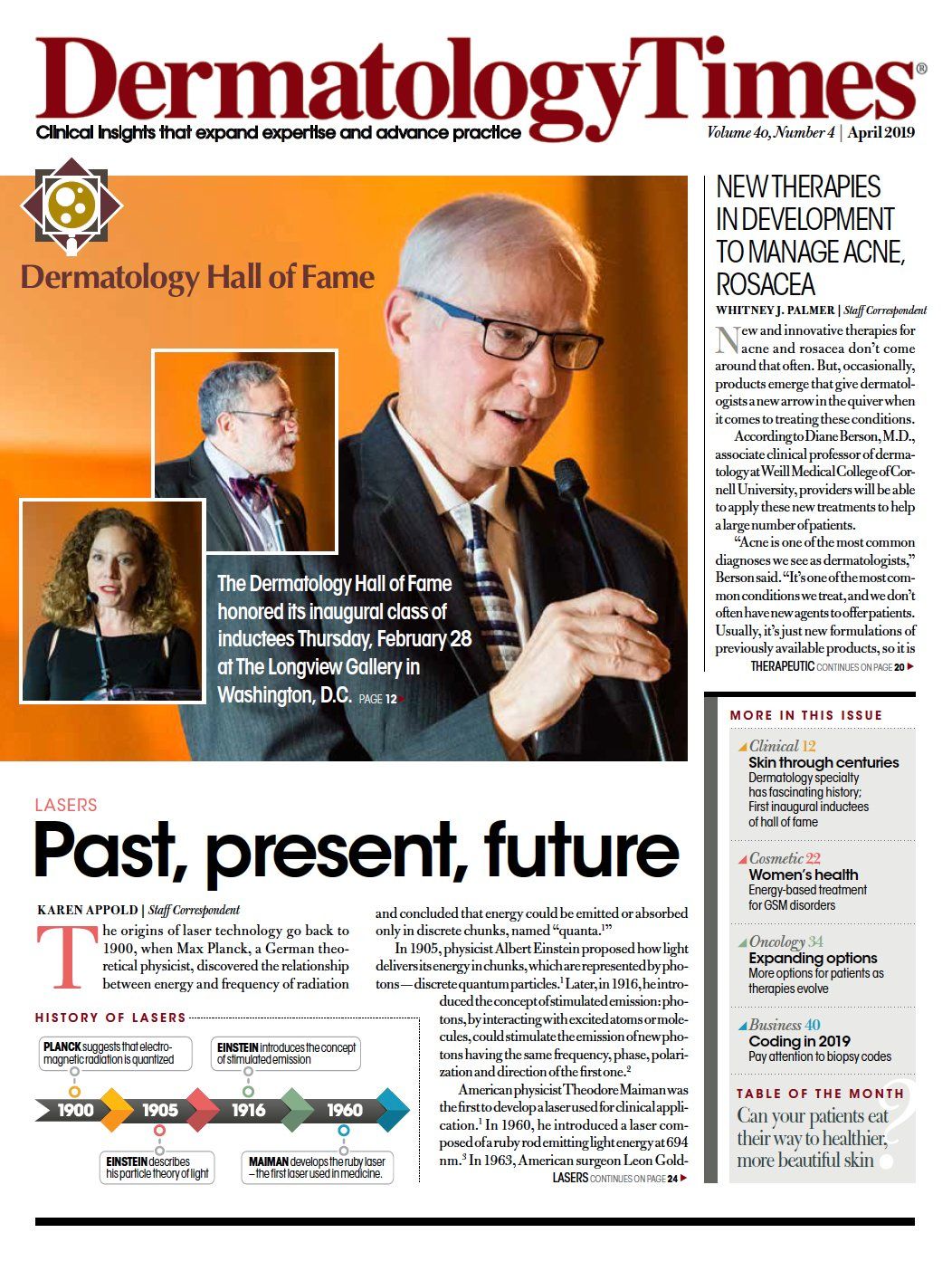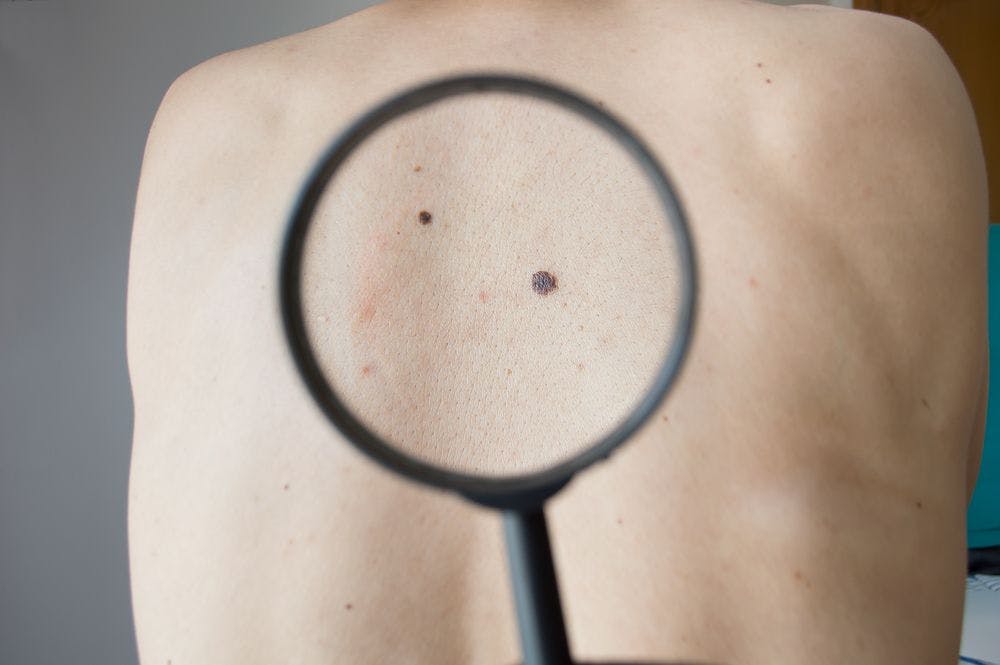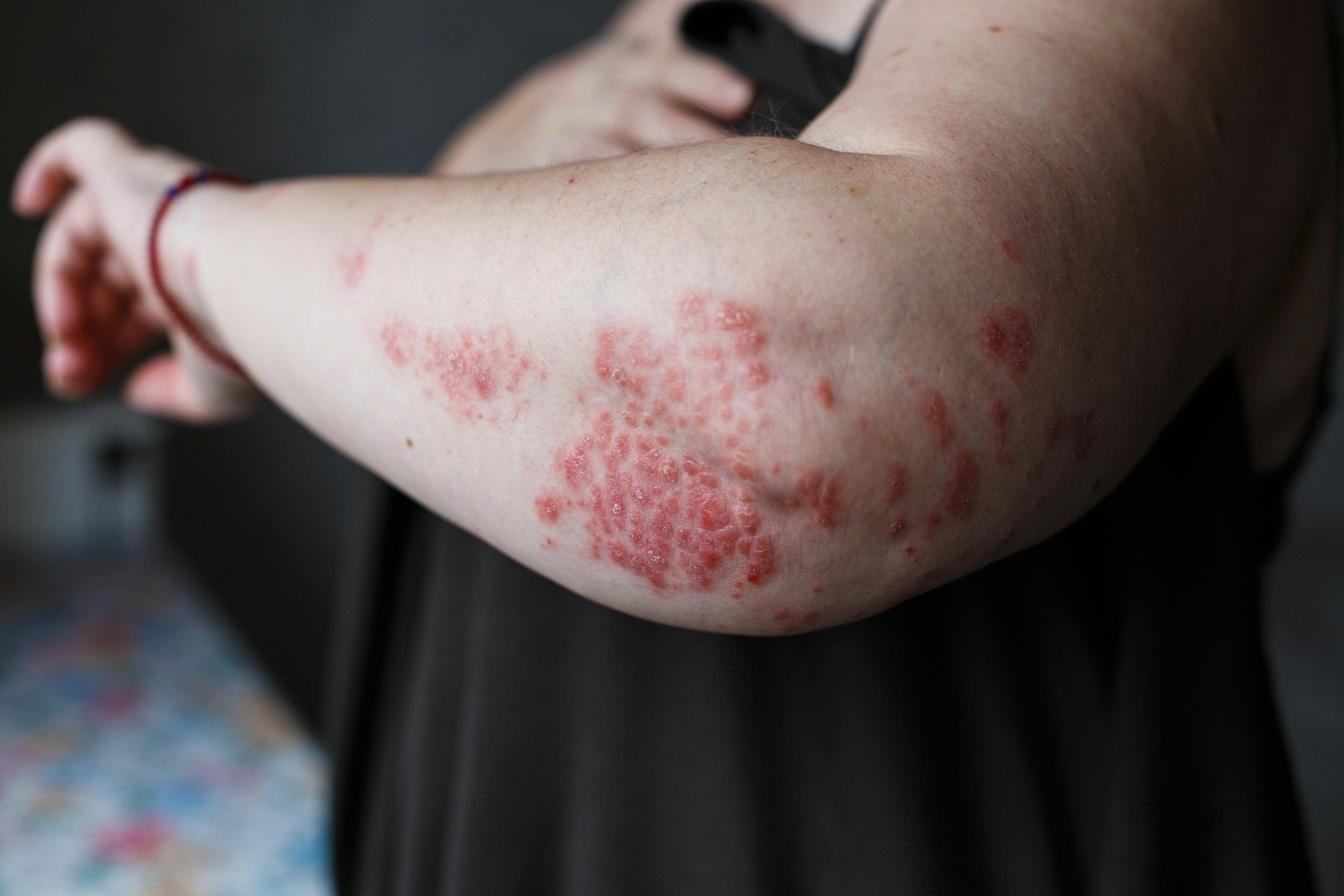- Acne
- Actinic Keratosis
- Aesthetics
- Alopecia
- Atopic Dermatitis
- Buy-and-Bill
- COVID-19
- Case-Based Roundtable
- Chronic Hand Eczema
- Chronic Spontaneous Urticaria
- Drug Watch
- Eczema
- General Dermatology
- Hidradenitis Suppurativa
- Melasma
- NP and PA
- Pediatric Dermatology
- Pigmentary Disorders
- Practice Management
- Precision Medicine and Biologics
- Prurigo Nodularis
- Psoriasis
- Psoriatic Arthritis
- Rare Disease
- Rosacea
- Skin Cancer
- Vitiligo
- Wound Care
Publication
Article
Dermatology Times
Tips on treating nail problems
Author(s):
In this month's Cosmetic Conundrums, Zoe Diana Draelos, M.D., addresses treatments for nail ridges, the safety of gel nails and minimizing the pain of onycholysis.
In this month's Cosmetic Conundrums, Zoe Diana Draelos, M.D., addresses treatments for nail ridges, the safety of gel nails and minimizing the pain of onycholysis.

Q. How do you treat nail ridges?
Nail ridges are a common problem in mature women where the health of individual cells within the nail matrix decreases, resulting in longitudinal ridging. The ridging can become an appearance problem when wearing nail polish, but can be camouflaged with the newer gel nails. There are no treatments for nail ridging, but also no major health concerns.
Recently, a rotating drill tool was marketed in beauty departments that can rapidly remove nail ridges. The device rotates and has different round sandpaper-coated heads that can be removed and replaced. A coarse sandpaper can be used for two strokes longitudinally over the ridge. Holding the sandpaper over the ridge any longer will thin and excessively weaken the nail. Finer sandpaper is then used over the whole nail to blend in the ridge for three strokes. Finally, finishing sandpaper is used to shine the nail for five strokes. The whole procedure takes about three minutes per nail with excellent results and will need to be repeated every two-to-three weeks for new nail growth.
Q. Are the newer gel nails safer?
The newer gel nails do not require UV radiation to cure, and deliver vividly colored, chip resistant, long wearing polymer coatings over the natural nails. The gel nails can be applied very rapidly in 20-30 minutes for a complete finger nail set for $40-$80. The procedure is detailed below along with possible side effects:
- The old gel nail is removed by loosening with a drill, aerosolizing the polymer, which necessitates wearing a mask to prevent particulate pneumonitis.
- An acetone-soaked cotton ball is placed over the nail and wrapped in aluminum foil to degrade the rest of the polymer dehydrating the natural nail plate.
- A drill is used to loosen any remaining polymer, but also some of the natural nail plate.
- The natural nail plate is sanded by hand with sand paper to roughen the surface allowing optimal adherence of the new polymer.
- The catalyst, containing benzoyl peroxide, is painted on the nail plate.
- The nail is dipped in clear powdered methacrylate monomer to begin the polymerization process and the creation of a thin plexiglass layer over the natural nail plate.
- A second layer of catalyst is applied followed by dipping in colored powdered monomer.
- Third layer of catalyst is applied followed by dipping in the clear powdered monomer.
- Nail is allowed to dry; then polished with a drill to even the surface and shape the nail.
In summary, gel nails are safe, however they inevitably damage the natural nail plate. It is recommended to remove the nail prostheses every three months for several weeks to allow the natural nail plate to recover.
Q. How can the pain of onycholysis be minimized?
The bond between the nail plate and nail bed is weaker than the bond between the gel nail and the natural nail plate. Thus, banging the nail prosthesis can cause painful onycholysis. An easy repair is to put methacrylate super glue between the nail plate and the nail bed and hold the nail plate firmly to the nail bed. This will temporarily close the void and stop the pain until the nail prostheses can be removed and the damaged natural nail trimmed. Â

Newsletter
Like what you’re reading? Subscribe to Dermatology Times for weekly updates on therapies, innovations, and real-world practice tips.




























